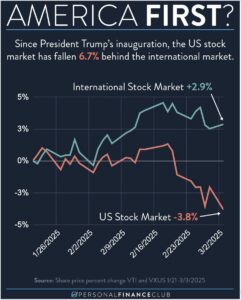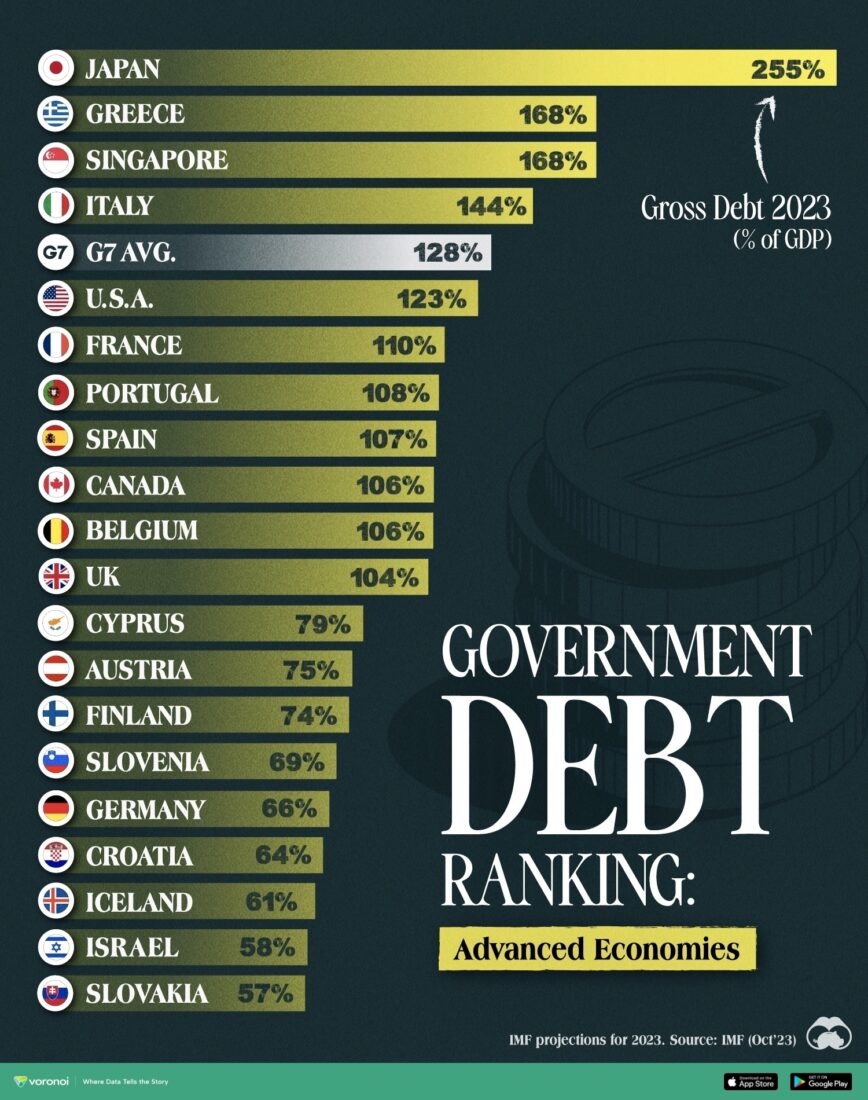
(Source: Notes from the Middle Ground Substack)
When we vote to destroy a country, we shouldn’t be surprised when the country gets destroyed. By the same token, when we continue to vote to destroy many countries, we shouldn’t be surprised when the world gets destroyed. On an individual level, we call such actions suicidal. On a collective level, the language is not yet well developed. Fortunately, there is a strong and powerful counterforce. In physics and philosophy we call it inertia. Here is how AI (through Google) defines inertia in humans (as distinguished from physics):
Inertia refers to humans’ inability to alter the ways they process information, sticking with default mental models. As a result, inertia has also been linked to the status quo bias, which describes our resistance to change.
On March 31st, I gave a talk to Cardozo Law School students, trying to relate my life experiences with their prospective experiences, once they finish school. In preparation for this, I posted last week’s blog, which tried to summarize the legal fights awaiting them after graduation. This week, the terrain has sort of shifted. Everything seems to be changing. A few days prior to my talk, four NYT journalists, who are considered conservatives by NYT standards (David Brooks, Ross Douthart, David French, and Bret Stephens), tried to summarize why President Trump’s followers love him even more now than when they initially won him a second term last year. What caught my attention was the short exchange cited below:
David Brooks: I’d start with the world we’ve been living in for the last decade or so. According to an Ipsos survey last year, 59 percent of Americans think our country is in decline. Sixty percent believe “the system is broken.” Sixty-nine percent believe the “political and economic elite don’t care about hard-working people.” If those are your priors, then you’re going to be happy with a president who wields a wrecking ball.
Healy: As Trump liked to say while campaigning, “What the hell do you have to lose?”
Brooks: I’d add another phrase: “brokenism.” This is the belief system popularized by Alana Newhouse in Tablet magazine in 2022. It’s the idea that everything is broken and we just need to burn it all down. Personally, I think some things are broken and some things are OK, but most of my Trump-supporting friends are brokenists. They get this from media consumption. Do you remember that 2013 study that people who consumed a lot of media about the Boston Marathon bombing experienced “higher acute stress” than those who were actually at the bombing? There’s something about screens that contributes to a catastrophizing mind-set.
The concept was new to me and I went to the definition given by Brooks that is shared below:
I am not a historian, but I am fully aware that destroying stuff is much easier than building it anew. Most revolutions teach us this lesson. The statistics that Brooks mentioned could easily sway every election. Hillary Clinton referring to Trump’s supporters during his first presidential election as “deplorables” didn’t help much:
Let’s start with the obvious: “Basket of deplorables” is a weird turn of phrase. There are baskets and there are deplorable people, but pairing the two is the oddest of linguistic odd couples.
Hillary Clinton said those three words in the final months of her 2016 presidential campaign, making rhetorical and political history. There were two kinds of Donald Trump supporters, she explained: Voters who feel abandoned and desperate, who she placed in one metaphorical basket, and those she called “racist, sexist, homophobic, xenophobic and Islamophobic” — her “basket of deplorables.”
Trump — the same man who announced his candidacy by calling Mexican immigrants “rapists” — clutched his proverbial pearls, aghast that his opponent had uttered such a shocking slander. His campaign turned that insult into an asset; supporters wore hats and shirts proudly declaring themselves deplorable. Pundits seized on the phrase, debating who does and doesn’t deserve to be called that. Five years later, many believe “deplorables” — figuratively and literally — are here to stay.
To President Trump’s credit, almost all that he has done during the two months of his 2nd term has been to follow through on the promises that he made before the election. These included an emphasis on reducing immigration, major cuts to the size of the federal government, and reliance on duties to encourage domestic manufacturing. What was somewhat surprising is that some of these cuts resembled complete destruction. These included federal support for education and foreign aid. The common denominator of all these is the federated (and the constitutional) nature of the country. My wife oversaw a few research groups before she retired (she is continuing to work with the groups) and was notified a few days ago that their federal support is being terminated.
Immediately after President Trump’s November win, I wrote a blog titled “Resilience,” which said that the American constitutional system is resilient enough to stop anything that the voters don’t like. I mentioned that the 1st test will be in two years, when a new congress will be up for election – the full House of Representatives and third of the Senate. Actually, a mini test happened two days ago (April 1st), when two special elections for Congress and an election of a State Supreme Court judge took place in Wisconsin, one of the swing states that Trump won, that could shift the balance of the court from liberal to conservative. The results of these elections are summarized below:
Elon Musk’s money can buy him love from Republicans, but not, it turns out, a Wisconsin Supreme Court election.
A campaign awash in more than $25 million in spending by the world’s richest man and groups tied to him ended up much like the other elections of the first months of President Trump’s second term: with a surge of energy from Democratic Wisconsin voters that overwhelmed whatever turnout Republicans could manage in response.
On the same night that Judge Susan Crawford, the liberal candidate, was delivering a thumping to Judge Brad Schimel, the Trump-backed conservative, Democrats saw a silver lining in losses in two special congressional elections in Florida. In both races, they were able to cut sharply into the much wider Republican victory margins from November. In all, the night’s results demonstrated what Democratic officials have been saying in recent weeks: that their voters are fired up to fight back against a Trump administration set on tearing down large chunks of the federal government.
These were very local tests, all in areas dominated by Trump supporters. The stock market is a much more general testing area, that is also known for its strong fluctuations. Figure 2 shows the performance of the US market compared to the international market.

Figure 2 – The American stock market since President Trump’s inauguration, compared to international markets (Source: Personal Finance Club)
The day after “Liberation Day” (Thursday, April 3), when President Trump announced the “complete” list of trade barriers for friends and foes alike, the market was reduced by additional 5%. The next day started with a continuing decline, with major drops in international markets (Stocks Drop Again as Trade War Intensifies) and continued in the US with a continued drop of close to 6%. A rough calculation indicates that this meant approximately 6 trillion US$ in this country were wiped out in two days. Next week, I will start to make the case that you cannot “Make America Great Again” with the rest of the world in decline.
The American Constitution, and its interpretation by the judiciary, is responsible for the strong inertia and the resiliency that American governance seems to show. It is difficult, although not impossible, for an individual to confiscate federal power. Time works in favor of inertia.
As a newly retired guy, I am spending quality time trying to formalize my (and my wife’s) modest estate. It looks like President Trump (age 78) is doing the same on a much larger scale. It seems that all eyes are on the large US federal deficit. Republicans will have a hard time advocating for a major tax cut unless they can first achieve a reduction of the deficit. Figure 3 shows the American debt deficit compared to other major countries.
 Figure 3 – Gross government debt in 2023 of leading developed countries as a percentage of their GDP (Source: Visual Capitalist)
Figure 3 – Gross government debt in 2023 of leading developed countries as a percentage of their GDP (Source: Visual Capitalist)
We will continue to follow.





 Figure 1 (Source:
Figure 1 (Source: 





